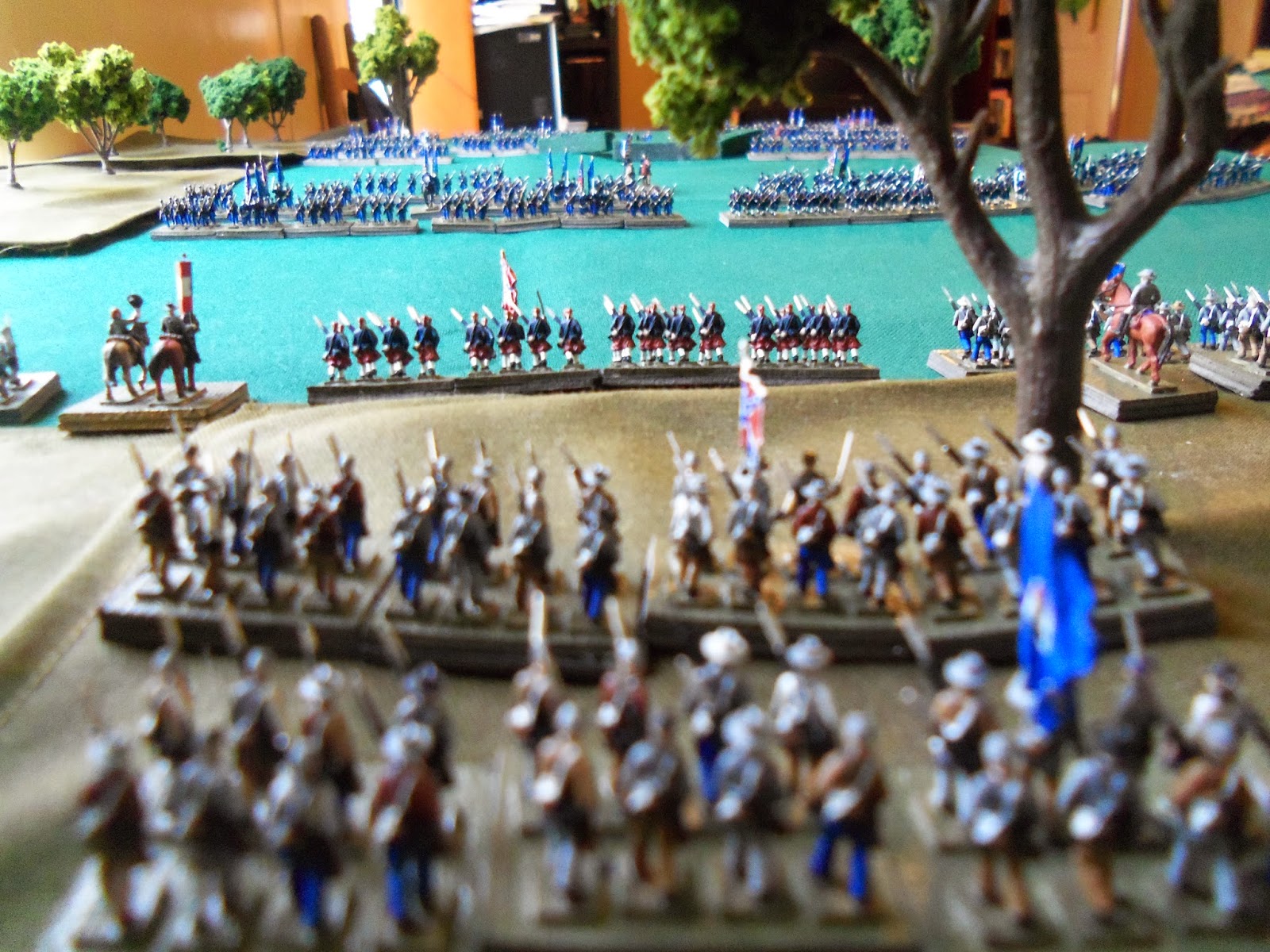born~ May 1, 1807 Port Royal, Virginia
died~ Feb 19, 1871 Houston, Texas age 63
education~ University of Virginia
West Point Military Academy class of 1830
Fascinating Fact~ Spoke with a lisp. In his spare time he composed songs. He also directed concerts and amateur theater productions at the various posts he was assigned.
"Magruder was a born soldier...He would fight all day and dance all night. He wrote love songs and sang them, and won an heiress rich beyond comparison." Magruder spoke with a lisp. He was six feet tall and "in full regimentals" was said to have been "the handsomest soldier in the Confederacy." He married Esther Henrietta von Kapff on May 18, 1831. For the first nineteen years he saw his family in Baltimore only on occasional furloughs. After 1850 his wife visited him only twice, 1854–55 and 1856. Many thought he was single. He is buried in Galveston, the scene of his greatest military success.
His life was the Army, and he excelled at it, no matter where he was assigned; he served in the First Artillery in 1831, participated in the Second Seminole War, then saw battle again during the Mexican War where he was promoted from first lieutenant to lieutenant colonel rapidly under General Winfield Scott's brigade, fighting valiantly at both Cerro Gordo and Chapultepec. When the Civil War broke out, Magruder's loyalty lay with his home state, so he resigned from the Army in April 1861 and enlisted with the Confederacy. Commissioned a brigadier general at first, his skill in the field led to a speedy promotion to major general while in command of the small force defending Richmond.
During the Battle of Yorktown he managed to decieve McClellan by marching small groups of soldiers past the same position multiple times. He would also have his artillery fire whenever Federal troops where sighted and gave the impression of an Aggressive defending force. This tactic worked so well that McClellan, believeing he was outnumbered, wasted weeks in preperation to lay siege to Yorktown. During the Seven Days battles he performed poorly and unaggressively. Some blamed heavy drinking and the stress of defending Yorktown.
 |
| General Joseph E. Johnston and Gen John B. Magruder |
 |
| Magruder and his generals during the Peninsula Campaign. |
On Janurary 1st 1863 Magruder won his greatest battle. The Battle of Galveston resulted in recapturing the town from Union Forces and opening the port for the Confederacy. After the war he fled to Mexico and served as a General in the Imperial Mexican Army under Emperor Maximilian I. When the Emperor was executed by revolutionaries, Magruder resettled in Houston Texas where he spent the remainder of his days.




































